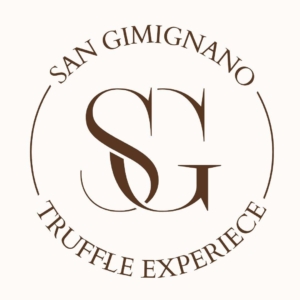The Science Behind Truffles: Why They Smell (and Taste) So Good
The Mystery of the Truffle Aroma
If you’ve ever held a fresh truffle in your hands, you know the moment: a scent that’s earthy, musky, almost intoxicating. Some call it sensual, others say it smells like the forest after rain. But one thing is certain—the aroma of truffles is unforgettable.
What exactly makes truffles smell (and taste) so good? Let’s dive into the science behind Tuscany’s most prized ingredient.
🧪 It’s All About the Volatile Compounds
The unique aroma of truffles comes from a complex mix of volatile organic compounds (VOCs)—chemicals that easily evaporate and travel through the air to your nose.
These include:
-
Sulfur compounds (like dimethyl sulfide): earthy, garlicky, almost cheesy
-
Alcohols and aldehydes: fruity, nutty notes
-
Pheromone-like molecules: similar to those found in some animal hormones
Together, they create the unmistakable “truffle smell” that makes foodies swoon.
🧠 Your Brain Loves It
Truffle aroma doesn’t just hit your nose—it activates the brain. Some compounds found in white truffles, especially, resemble human pheromones. That’s why many people describe the scent as seductive or emotional.
Fun fact: This may also explain why pigs (especially female ones) were traditionally used to hunt truffles—they’re naturally attracted to these chemical compounds!
🍽 Why Truffles Make Food Taste Better
Truffles aren’t just about aroma—they actually enhance flavor, too. This is because much of what we think of as “taste” is actually smell. When you shave truffle over a warm dish, the heat releases its VOCs, surrounding your senses with aroma and flavor at once.
Even a small amount of truffle can:
-
Boost umami (savory) perception
-
Add richness and depth to simple dishes
-
Create an intense memory-laden sensory experience
⚪️ White vs. ⚫️ Black: What’s the Difference?
Both white and black truffles have powerful aromas, but they’re chemically different.
-
White truffles (Tuber magnatum pico): Pungent, volatile, best raw. Their aroma fades quickly, so they’re used fresh and unheated.
-
Black truffles (Tuber melanosporum or aestivum): More stable, earthy, can be gently cooked. Their aroma develops over time.
That’s why white truffles are usually shaved raw over pasta or eggs, while black truffles can be used in sauces, cheeses, and cooked dishes.
🌳 Nature’s Underground Chemistry Lab
Truffles grow underground in symbiosis with tree roots (oak, hazel, beech), absorbing minerals and nutrients from the soil. The aroma they produce may be a communication tool—to attract animals that dig them up and help spread their spores.
It’s evolution, biology, and gastronomy working in perfect harmony.
Smell It for Yourself Near San Gimignano
Reading about truffle chemistry is fascinating—but smelling a truffle in the woods is something else entirely. When you join a truffle hunt near San Gimignano, you’ll:
-
Smell the truffle the moment the dog uncovers it
-
Learn how aroma changes with species and season
-
Taste dishes where science becomes flavor




Lascia un Commento
Vuoi partecipare alla discussione?Sentitevi liberi di contribuire!